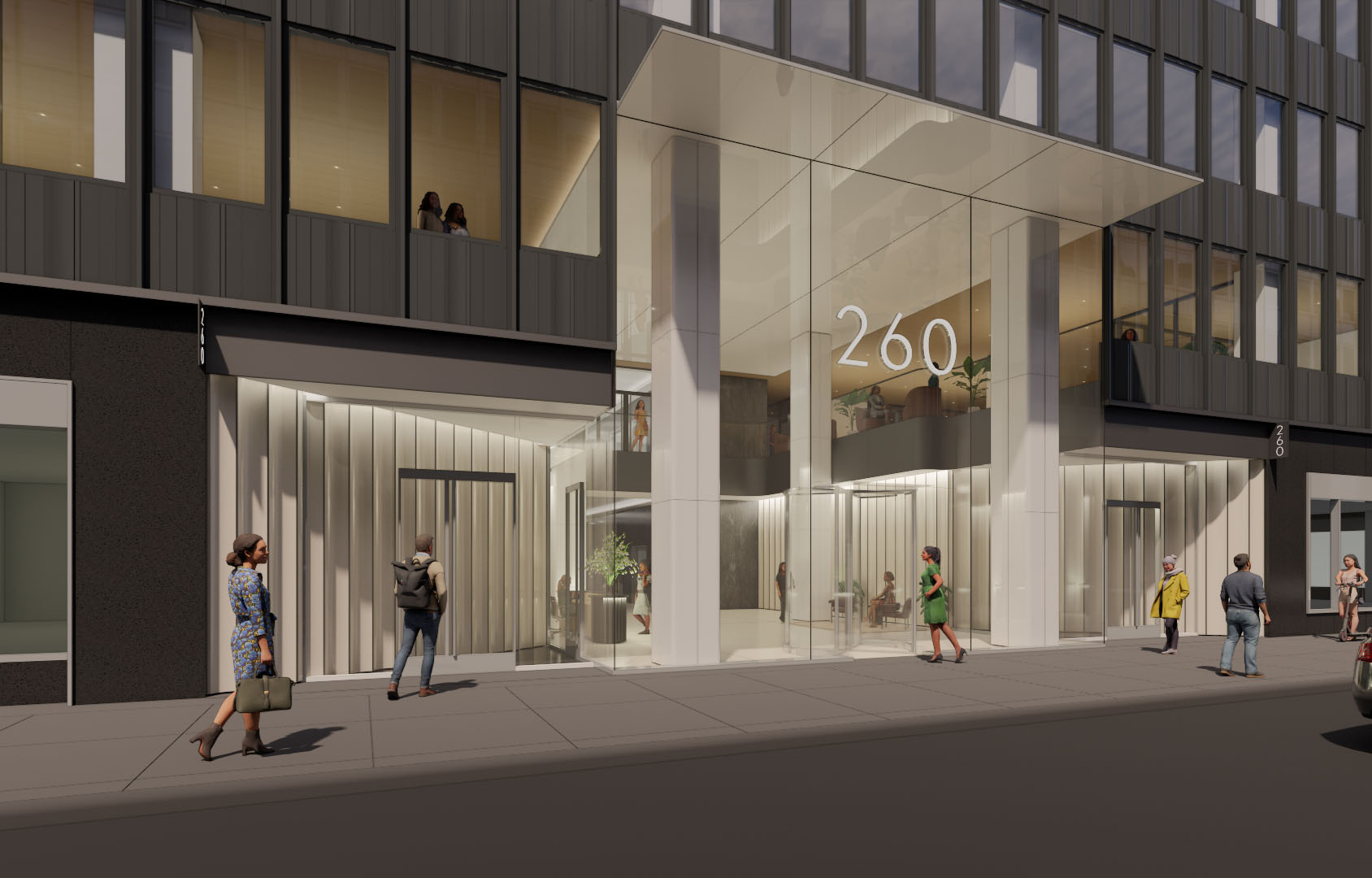Will the “City of Yes” generate affordable housing by granting FAR bonuses? - by Christopher Wright

The “City of Yes” is the title given to mayor Adam’s administration’s proposed changes to the New York City Zoning Resolution (ZR). Each mayoral administration typically enacts its own zoning and planning initiatives. Former mayor Bloomberg and DeBlasio initiated zoning changes with a similar theme to mayor Adam’s of creating affordable housing. Mayor Adam’s City of Yes (COY) proposed zoning change is to grant floor area bonuses in return for voluntarily dedicating 20% or more of the units to affordable housing.
Bloomberg’s approach was also a voluntary program. Zoning districts were created that granted a floor area bonus if affordable units were included, but took a floor area deduction if the project was purely market rate. For example, if the permitted FAR was 3.0, a project with affordable housing would get a FAR of 3.6, but without such units would be cut back to 2.70 FAR. These zoning districts were called Inclusionary Housing Districts and referred to as IH Districts.
DeBlasio’s approach was a mandatory program. Any neighborhood that was upzoned to a higher FAR, mandated that any development must take the FAR bonus and provide 20% to 30% affordable housing. These zoning districts were called Mandatory Inclusionary Housing Districts and referred to as MIH Districts.
A crucial difference between the Inclusionary Housing and Mandatory Inclusionary Housing programs in comparison to the proposed COY program, is that COY bypasses the need to rezone. The COY proposal grants any development in an existing zoning district the option of a 20% FAR bonus in exchange for dedicating 20% of the project’s units to affordable housing. No rezoning is required. However, this is still basically a voluntary program similar to Inclusionary Housing. For example, if the existing FAR is 3.0, the developer can either take the bonus and build a 3.6 FAR building with the 20% allocation, or simply stay put with the 3.0 FAR. Unlike Inclusionary Housing, there is no FAR deduction to serve as an incentive to take the FAR bonus and provide affordable units.
Both Inclusionary Housing and Mandatory Inclusionary Housing Districts had to be created through a time-consuming rezoning action. As such, there are only a few such districts and they impact only a small percentage of city land. The COY approach would apply to existing zoning districts. This greatly increases the pool of eligible properties. The voluntary Inclusionary Housing program generated little affordable housing, partially because of the limited number of neighborhoods rezoned and partially because few developers took the bonus. Adding affordable units to an otherwise market-rate building is complex and was not attractive enough to take the FAR bonus.
By contrast, the Mandatory Inclusionary Housing Districts did generate affordable units, because it was a mandatory program. However, there are also only a few such districts due to the rezoning requirement. However, it is important to note that Mandatory Inclusionary Housing regulations are still in place for any future upzoning actions, so this program will continue to generate affordable units, whether by the current administration or future ones.
Another key difference between COY and the IH/MIH programs is the income levels used to determine the eligibility of the tenants that could occupy the affordable units. Income levels are determined as a percentage of the neighborhood’s Area Median Income (AMI). Under IH/MIH this can vary from 40% (very low income) to 130%. A mix of tenants with different AMIs is permitted. A project using the highest permitted AMI mix would allocate 30% of the total units to affordable housing. A project utilizing a lower AMI mix could reduce the obligation to 20% of the total. By comparison, COY only allows lower AMIs and a 20% allocation of affordable units. The question remains as to whether developers will voluntarily take the FAR bonus that requires AMI’s at the lowest levels.
Few developers took advantage of the voluntary Inclusionary Housing program and instead opted for the FAR deduction in order to be free to build 100% market rate. The Mandatory Inclusionary Housing program worked better, simply because it was mandatory. Mandatory Inclusionary Housing developers engage in complex negotiations with the Department of Housing Preservation and Development as to the AMI mix and total required affordable units. This provided developers with options to soften the financial impact on the building.
COY does not have a FAR penalty, is voluntary and requires low AMIs. However, it does cover a significantly larger portion of the city. Will this attract developers? COY is still going through the approval process and may be subject to policy changes. Right now, the bet appears to be that by expanding the property pool there is better chance at finding developments willing to consider constructing low income affordable units in return for a FAR bonus.
Christopher Wright is a partner and the leader of the zoning and land use practice at Lasser Law Group, Manhattan, NY.
Berger and Koicim of Marcus & Millichap sell 17-unit multi-family for $8.8 million


AI comes to public relations, but be cautious, experts say - by Harry Zlokower

Lasting effects of eminent domain on commercial development - by Sebastian Jablonski

Behind the post: Why reels, stories, and shorts work for CRE (and how to use them) - by Kimberly Zar Bloorian









.jpg)
.gif)
.gif)